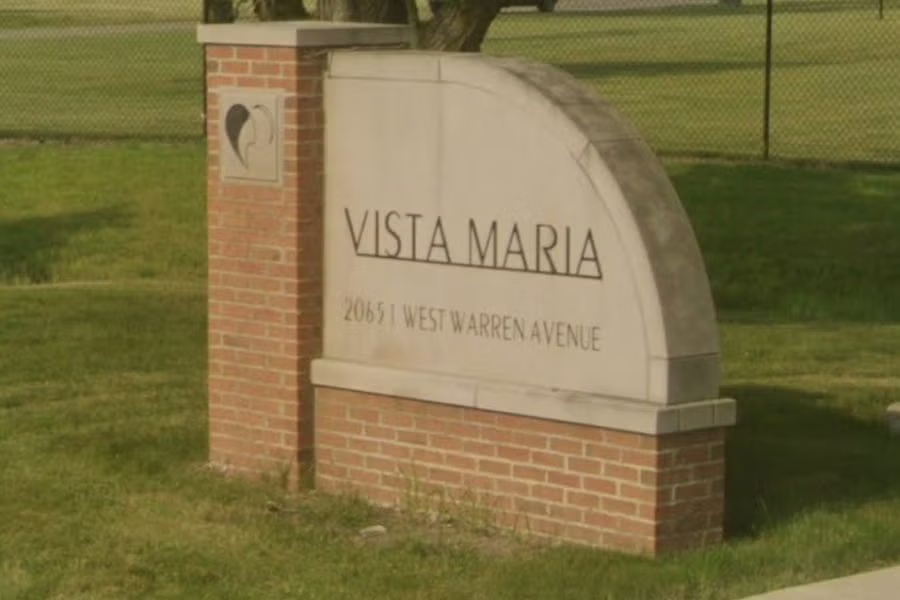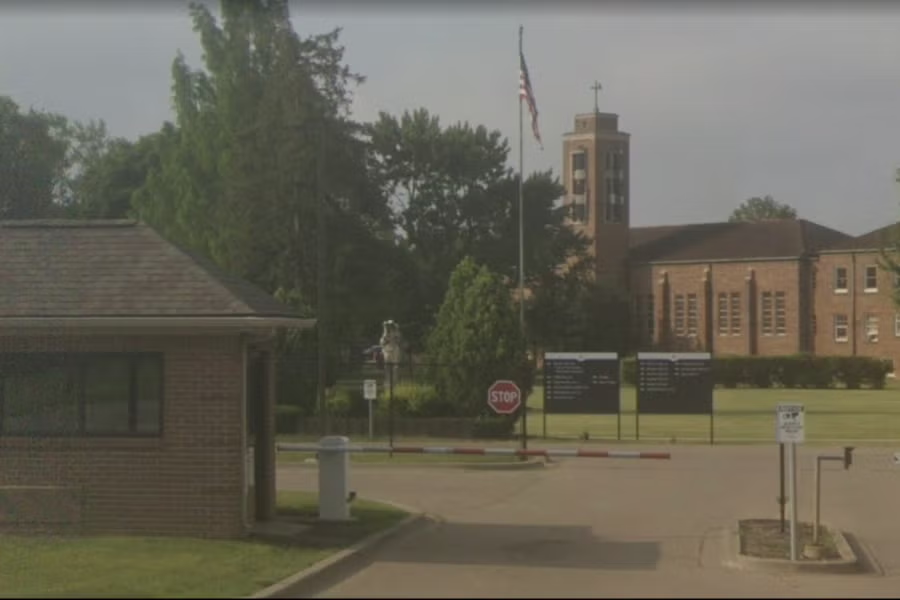Resident of at-risk girls home were subjected to ‘real-life Hunger Games,’ including sexual and psychological exploitation, lawyer claims
A lawyer representing more than a dozen former residents of a Michigan nonprofit home for at-risk girls claims they endured sexual and psychological abuse at the facility, which he describes as a “real-life ‘Hunger Games.’”
At a press conference Wednesday in Dearborn Heights, attorney Michael Jaafar, representing 13 to 15 former Vista Maria residents, said the vulnerable girls were forced to fight each other for guards’ amusement and were subjected to physical and sexual abuse. A lawsuit will follow, he said.
“Guards pitted girls against one another and engaged in what can only be described as grooming behavior – breaking down trust and normalizing sexual and psychological exploitation,” Jaafar said.
Vista Maria offers programs designed to support girls who have experienced abuse, neglect, or other challenging circumstances, including therapeutic residential care, education, and counseling. The organization’s stated mission is to help vulnerable youth achieve safety, stability, and a path toward self-sufficiency.
However, in an explosive press conference, Jaafar accused male guards of forcibly removing girls’ clothing and making them sleep naked under surveillance. Such actions reportedly followed training directives that “normalized humiliation and subjugation,” he added.

Jaafar also claimed that some girls were encouraged by guards to run away from the facility and live with them.
Jaafar said he expects more former residents to come forward.
The alleged victims he represents stayed at Vista Maria at different times, do not know each other, and are still dealing with trauma, he added.
“What we’ve uncovered is deeply troubling,” he said. “A culture where power was abused, dignity was stripped away and the very same people sworn to protect, inflicted harm and trauma on these young women.
“This wasn’t care, it was control. It wasn’t shelter, it was imprisonment.”
The Independent has contacted Jaafar, as well as representatives of Vista Maria for comment. The facility declined to comment on Fox 2’s report about the press conference.
Dearborn Heights Police Chief Ahmed Haidar said that Vista Maria generated a high volume of police calls this year, around 500 in total, a number he described as “insane.”
“The police should never ever respond to a home or a business in the city of Dearborn Heights 500 times in one year,” Haidar said Wednesday.
The Independent has contact Dearborn Heights Police Department for additional information.
Jaafar said reviewing Vista Maria’s financial records was also troubling, claiming that while underfunded organizations can struggle to provide proper care, Vista Maria was well-funded.
“This is not a situation where VM was financially distressed. They were rich. They had a lot of money,” he said. “They had over $60 million of net assets as of the end of last year.
“Why would an institution that is a nonprofit have such a surplus, have so many investments with a small facility, have such a low standard of care that people are traumatized for their entire lives?” he added.

In October, Vista Maria announced it is ending its residential treatment program, citing that many of the girls it serves require inpatient psychiatric care, which the facility is not licensed to provide.
As a result, all 154 staff members, including youth coaches, residential supervisors, and activity staff, will be permanently laid off, effective December 19.
“This decision was made after more than a year of reflection, data review, and discussions with our leaders, board, and community partners about what is right for the youth and staff who depend on us,” the facility said in a statement.
At the time of the announcement, 11 girls remained in the Vista Maria inpatient program. They will be transferred to other facilities by the Michigan Department of Health and Human Services by December 19, according to Fox 2.
Vista Maria paused admissions in September as part of a “planned stabilization period,” which accounts for the low number of residents remaining.





